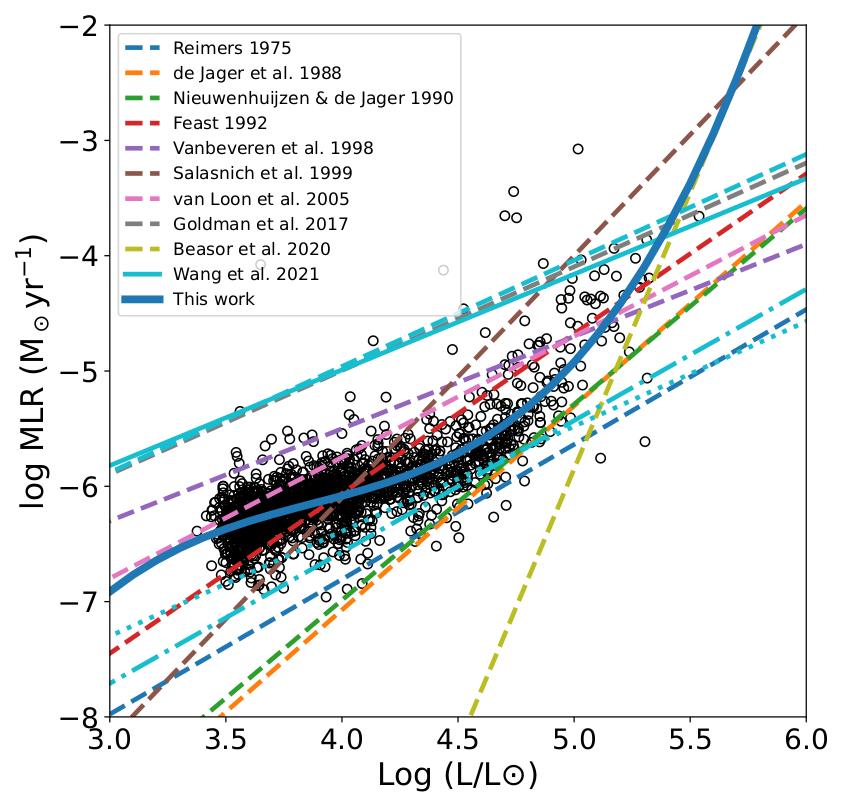New paper: de Wit et al. 2025: Investigating episodic mass loss in evolved massive stars: III. Spectroscopy of dusty massive stars in three northern galaxies
This is the complementary work to that of Alceste’s published some time ago, covering the southern galaxies. Now it was Stephan and Gonzalo’s turn to lead this the paper for the northern galaxies, observed with the 10.4 m GTC. We managed to classify 122 additional sources, increasing the number of …







